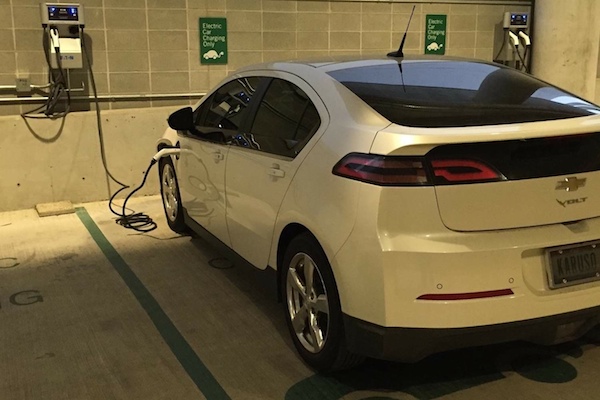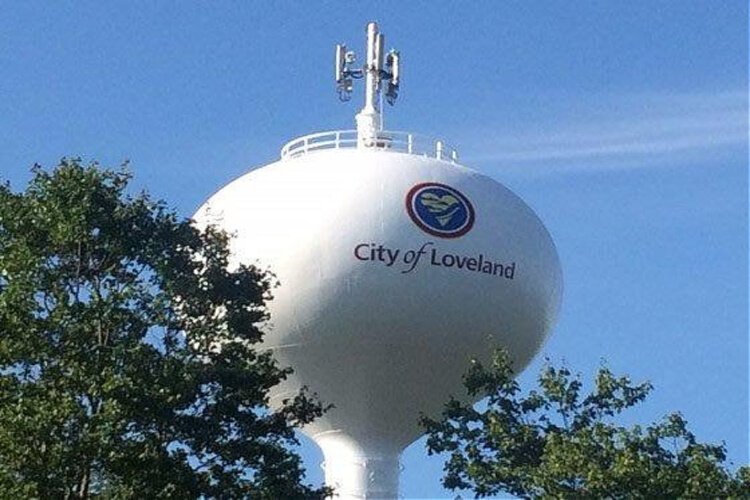Electric car charging gets jolt from city government efforts
Electric car charging station access just got a little bit easier in Cincinnati with the opening of five DC Fast Charger stations around the city, which join several existing stations in downtown parking garages.

Electric car charging station access just got a little bit easier in Cincinnati with the opening of five DC Fast Charger stations around the city.
The first new charging station opened in March at the Cincinnati Zoo & Botanical Garden, with four additional units up and running at the University of Cincinnati, Xavier University, Cincinnati State and Findlay Market.
These new stations are Level 3 chargers, which can bring most electric cars to a full charge in 20 minutes. Level 1 chargers take up to 12 hours for a full charge and are used at home by most electric car owners. Level 2 chargers provide a full charge in four to six hours.
There are three models of Level 3 chargers: one for U.S. and European car models, one for vehicles manufactured in Asia and one specific to Tesla cars. Larry Falkin, director of the city’s Office of Environment and Sustainability, says “the installed chargers work with any vehicle that can accept a DC Fast Charger. They are hard wired with two types of plugs to accommodate both the Asian and the U.S./European protocols. Teslas will need to use an adapter, which is available from Tesla.”
The DC Fast Chargers use approximately $2 of electricity for a full charge. All of the new charging stations are accessible to the public with no fee to charge a vehicle, though regular parking rates may apply.
In addition to the new Level 3 stations, there are three Tesla-specific chargers in the AT580 building garage on Sixth at Walnut for use by building tenants and 21c Museum Hotel guests. The new Dunnhumby Centre Garage at Fifth and Race streets has three Level 2 charging stations that can accommodate six cars. 3CDC plans to include charging stations in future parking garage developments.
Electric car usage in Southwest Ohio continues to grow, with an estimated 3,000 electric cards registered in the region. The city of Cincinnati has an All-Electric Vehicle Incentive Program that offers free parking at the Garfield Garage and at any parking meter in the city. Participation in the program has more than doubled in the last year, from 28 to 64 enrolled vehicles.
The charging stations record patterns of usage, and the data will be used to evaluate the demand for the stations and to plan for future charging station needs.















